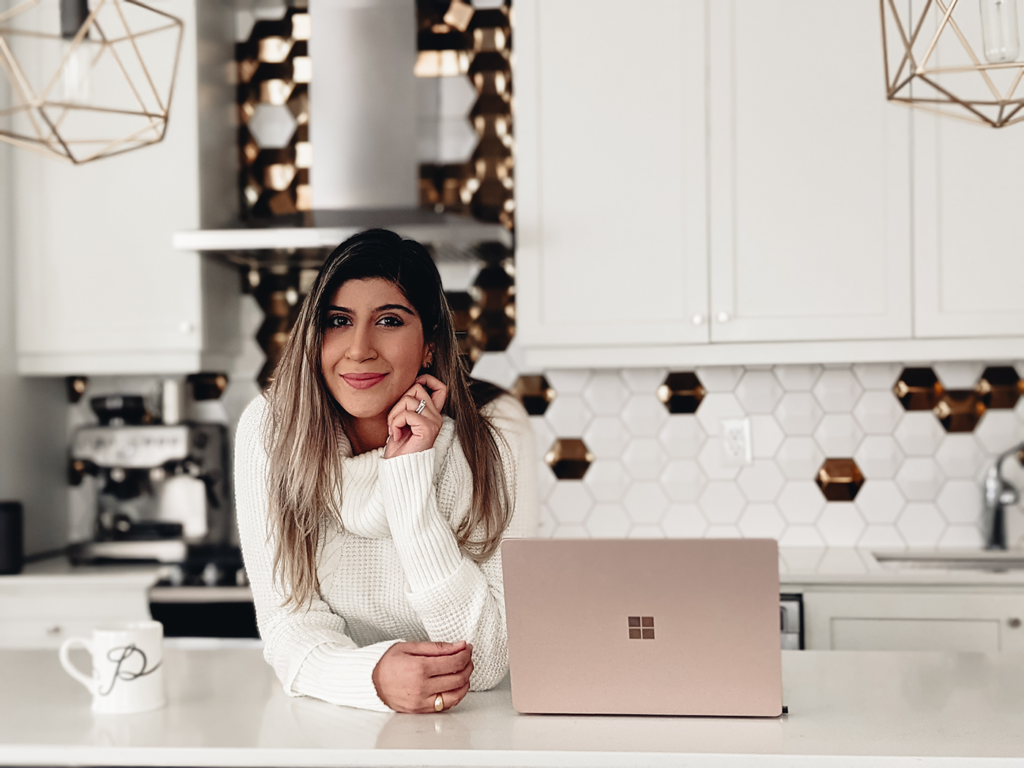I am married to the greatest guy in the world. My husband is giving, compassionate, kind and one of the funniest people you’ll ever meet. He is also white and if my name isn’t a dead giveaway, I am not. Before we were married, I believed that our racial differences didn’t matter. We’ve both always prided ourselves on the fact that we are a biracial coupling, daring to go where few people go, breaking down barriers and challenging stigmas for the ones after us.
But over the last few years, differences that seemed small or inconsequential have become magnified when you factor in families, friends, and societal norms. At times it feels like you have your own cheerleading squad. At others it feels like our relationship is disputed territory over which cautious factions are delicately trying to gain a foothold. These factions have their roots in colonialism and while those forms of colonialism are long gone, their echoes reverberate today — sometimes within a marriage. A big part of my own education around issues of race, racism and internalized trauma have come from being in a biracial marriage.
Lesson 1: Internalized colonialism is inherited trauma
When my husband and I first traveled to India from Toronto I remember his excitement and the queasy knots of dread in my stomach. Having grown up in the United States and Western Europe before moving to Canada for college (where I met my husband) I had cautiously made every effort to keep the Indian parts of me buried deep within, choosing to highlight my years spent in countries like Switzerland and Austria. Now we were on our way to meet my grandmother in New Delhi and there was no escaping the heat, sounds, smells, vibrancy, and chaos that is India.
I needn’t have worried. It was like my grandmother had read my mind. The best room in the house had been made-up for Ryan, his en-suite bathroom had been renovated (I’m not kidding) and brand-new bedding had been ordered for his bed. My family is hospitable. We aren’t that hospitable. It was then I realized that in many ways my family probably had some of the same worries I did. Here was a white man coming into our ancestral home and we were all uneasy about not measuring up.
Lesson 2: You become more attuned towards small acts of racism
This one might be controversial so bear with me. As a BIPOC woman, I’ve faced my fair share of racism. I’ve known it exists since I was old enough to have a talk with my parents about why some people don’t like us simply because of the color of our skin. But that doesn’t mean I’ve always recognized it, especially in places where racism isn’t overt. Living in Toronto, a diverse, multicultural city, I thought I had found a place where racism wasn’t rampant. Until I met my husband. Living in close proximity to a person (a man nonetheless) of the dominant group you start to see many, subtle ways in which people of color are overlooked, unheard and underrepresented even in spaces that espouse diversity and inclusion. You see it in the quizzical looks at parties when you mention you’re married to a man named Ryan Miller. You see it when you instantly receive better service the moment your husband shows up. You see it when people tease your husband for liking “exotic” women, you see it in countless ways every day that continue to remind you that racism is still so deeply entrenched in our society.
Lesson 3: There is a constant societal expectation to “act white”
I recently became familiar with the concept of “performing whiteness,” something I had been doing unwittingly my entire life and am very good at. I have adopted accents, language, clothing and behaviors to make white people more comfortable with my brownness. My husband is one of the rare people in my life that has encouraged my “desiness,” in all its loud and proud glory. Our wedding was a marriage of cultures and a celebration of the diversity our union would bring.
But almost as soon as the wedding was over, we settled into your typical heteronormative, Toronto-based white couple routines — brunching and going to farmers’ markets on the weekends and stressing over Christmas lists early in the season. For some time, I hid my traditions from our family and friends, sharing them only with my husband. At no point was I encouraged or asked about my “Indianness.” At no point was I ever wished for Diwali or Eid and at no point did I ever bring it up. What I’ve realized is that because white is our cultural default, no one in the room ever questions it when you don’t participate in your own culture or speak your own language. No one ever questions if you are erased or erase yourself. It’s always on you, the person of color to remind everyone else to see you. And sometimes, even that isn’t enough.
Lesson 4: Your friends may not always understand the nuances
My husband and I have an awesome progressive group of friends. But most of them are married to or dating people within their own cultures. This isn’t a good or bad thing – it just is. A few years ago, we all went to watch The Big Sick written by Kumail Nanjiani, a Pakistani-American comedian who fell in love with and married American writer and producer Emily Gordon. The film is a loosely based around their interethnic love story and the cultural challenges they face as a couple. After the movie one of our friends asked us if these were the types of challenges Ryan and I face. Although I was surprised at the time because it seemed obvious to me that people would understand we would have to deal with cultural differences, I’ve since come to realize that marriages are deeply nuanced and unique. A biracial marriage is distinctive in its set of challenges and many of those challenges don’t seem obvious when you’re young, in college and in more progressive academic circles — spaces where our early relationship was nurtured.
Lesson 5: It’s completely worth it
Despite the fact that you hold the spice in your cooking or argue over what you’ll name your imaginary children or lie awake wondering if those kids will even look like you, being in a biracial marriage is an incredible adventure. Not only do I love my husband for who he is, I love the fact that we are on this journey together, navigating the complexities, challenges, wins and triumphs of one of the hardest and most rewarding challenges any two people take on. While the concept of biracial marriage is nothing new, it seems that the conversation is evolving as more people marry outside of their race.
Being in a biracial marriage means that race and culture are in the undercurrent of everything you do. And that’s a good thing. It means that both parties are doing the work of understanding racism, of understanding racial trauma and trying to root out its insidious grasp on society.
And then of course there are days where like all healthy marriages, love is an island, and the grass grows lush and wild in places you choose to water.






